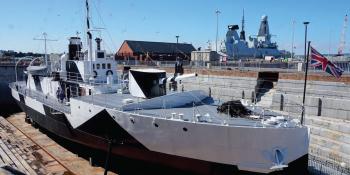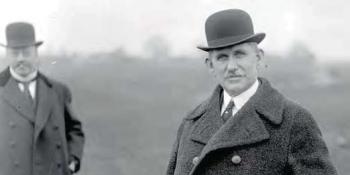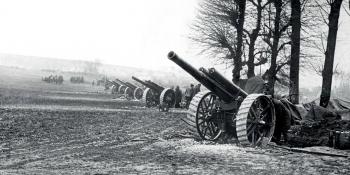Getting the first tanks from factory to front line was a problem that could only be resolved through the use of the railway system, although, as Rob Langham
explains, it was a solution that was not without its own inherent problems.
Moving Tanks by Rail: 1916 – 1918
Tanks and railways go hand-in-hand. From the point when the first tanks were invented at William Foster’s Works in Lincoln in 1915, railways were pretty much the only option for moving anything of such an awkward and bulky size around the country. Not only was there a need to transport them in some form of disguise (even if with just a tarpaulin cover) owing to secrecy, but driving them long distances unnecessarily would cause wear and tear. This was especially so because these early ground-breaking weapons were prone to mechanical breakdown. The movement of tanks, however, created one significant problem for the designers; although the vehicle had to be large enough to contain the engine with room for the crew, ammunition, weaponry, petrol, oil etc. it had to be suitable to travel across rough ground, but still be able to fit within the loading gauge of Britain’s railway system in order to move it from factory to front line. Following the…




